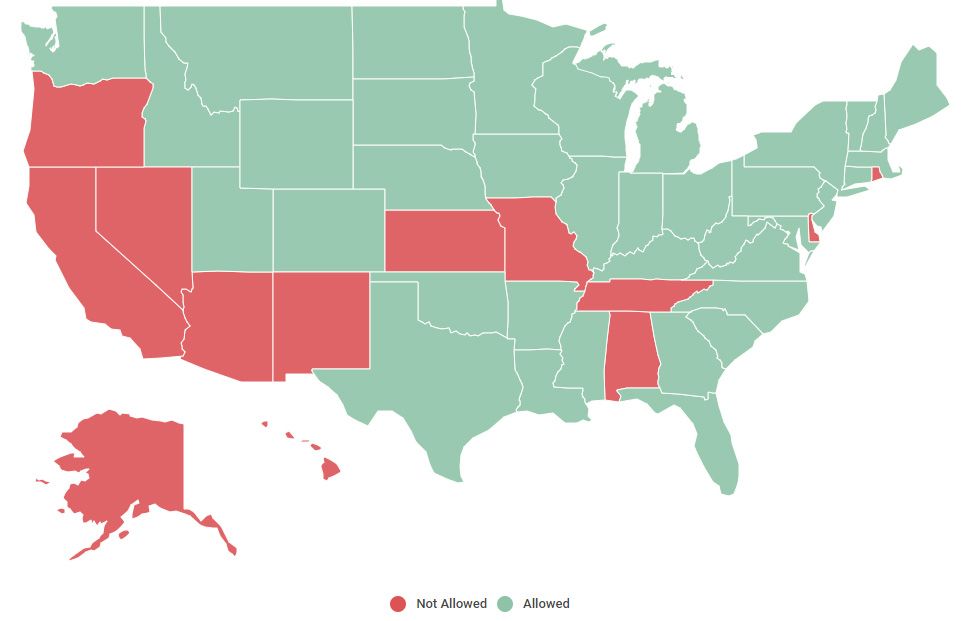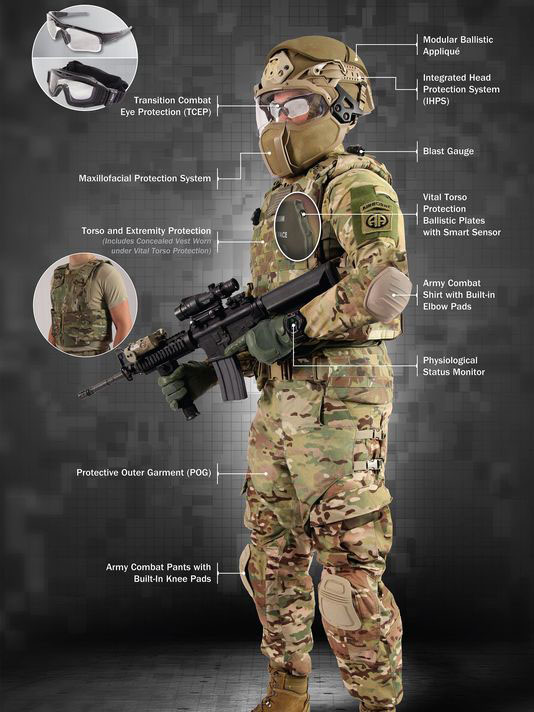When it comes to making knives a lot of people are scared off thinking that they will dump a bunch of time and money into finding the right tools needed for knife making. This can turn a lot of people off from getting into making knives. Well this doesn't have to be the case, knives have been made for centuries without all the fancy power tools and expensive equipment we have today.
Sure you might have to put in a few more hours of work than the guy with the Burr King grinder, but you'll have a piece that you made from hand and you'll have saved a few bucks in the process. In addition to saving some money you'll learn to pay attention to the smaller details, perfect your technique and this will give you sometime to think about if you want to fully go into knife making and buy some fancier tools for knife making.
Knifemaking Steel
Before we proceed to knifemaking tools, we need to explain a few things about the material you are going to use. There are a lot of things you should pay attention to while choosing a knifemaking steel, especially if you are just about to start and make your first knife.
There are several types of steel used by knifemakers. You need to know at least some basic information about those that are mainly used. You will choose different steel types depending on how you make knives: by stock removal or forging.
Every steel needs to be heat-treated. You probably don’t have a heating oven yet, so for starters, choose something simple, easy to heat-treat and work with. Common steel used for knife making is tools steel, stainless steel, and carbon steel. You can find a lot of steel comparison online that can help you decide. Below are most common steels found in knife blades.
• O1 Steel – great for beginners, easy to work with, very tough, oil quenched, wear-resistant and holds an edge very well; care needed to prevent rust;
• 1084 – also great for beginners, suitable for imprecise heat-treating; it can be bought everywhere; doesn’t need to be soaked for too long;
• 1075 – same as above; very affordable, great choice for beginner makers, since it can be heat treated with a blow torch (temperature for heat treatment is not very high, around 830 degrees);
• 1095 - a high percentage of carbon (95%); mostly used for knife making through forging;
• Stainless steel – more expensive, the blade won’t rust, so no maintenance is needed; you'll probably need someone to heat-treat it for you; easy sharpen.
Beginner's Tool Set
Although the knifemaker's tool list will vary wildly depending on who you ask, I've compiled some basic tool list to help get you started. Fortunately, many of these are common in garages across the country.
Work Bench - Table or other sturdy working space. Needs to be about the right height for working while standing.
Vise - Must have. Something to hold your work down. You could get away with some clamps and vise grips, but a good vise will last forever and be one of the most useful things in your shop.
Hacksaw - Any decent hacksaw with a quality blade will be good to get you started. Choose good quality bi-metal blades. Bi-metal means the teeth are different metal (and hardness) than the surrounding blade. Lennox, Starrett, Milwaukee, DeWalt are all good brands.
Files - At least two large mill files, bastard cut and one smooth cut. I prefer a fairly hefty one, say a 12". Nicholson brand is recognized as good. Handles are optional, but make working with files easier on the hands.
Drill - You will need to drill steel and material for handles. A basic cordless drill is okay for a start, but ultimately a drill press produces the best results.
Bits - A well stocked index of sharp bits suitable for drilling steel is a must. HSS bits are perfectly fine for drilling all kinds of annealed steel. Cobalt are better, but also more expensive.
Hammer - You'll need at least one hammer. A 20 oz. ball pein is a handy choice to have around the shop.
Centre Punch - Splurge for a centre punch. It will help keep those bits on target and make for a more professional looking knife.
Wood Rasp - For shaping handle of wood or synthetics.
Clamps - A few different sizes of clamps and vise-grips for squeezing during glue-ups.
Ruler - Pick up a stainless steel ruler with inches and centimetres. You will find multiple uses for this in the years to come.
Permanent Markers - These can be your best friends. Fine or Ultrafine tip. Black or whatever colour is on sale.
Assorted Sandpaper - For shaping, smoothing and polishing, you'll need some wet/dry type sandpapers from 60 to 600 grit.
Wood Blocks - Make yourself some hardwood blocks for holding sandpaper. Scraps of oak or maple that are cut nice and square are very useful, as are dowels of different diameters.
IMHO, this is all you really need to get started. Give it a go. Many amazing knives are made with files and sandpaper.
If you really like your new hobby:
UPGRADES:
Bench-top Belt Sander - 1"x30" or 4"x36" combination disc/belt sander. Even if you get a 2x72" belt grinder later, you'll still find uses for these little cousins.
Drill Press - Doesn't have to be fancy. The table needs to be right angle to the bit.
Band Saw - Metal cutting band saw. Portable band saws can be converted to sit on the workbench.
For basic heat treating...
The gear described here is for heat treating the most basic of carbon steel such as 1080 or 1084. These steels are recommended for beginners as they can be successfully heat treated with minimum equipment.
There several ways to get the hardening done. A fairly easy and clean way is to use propane or MAPP gas.
Fire Brick - A small starter forge can be made with two soft insulated fire bricks. You can also make a "soup can forge" to heat treat simple carbon steel, but the two brick forge is proven and super-simple to make. Google "two brick forge" or look on YouTube and you're off and running.
Swirl Tip Torch - A Bernz-O-Matic swirl tip torch like the TS-8000 is good for the two brick forge. It's swirling flame action moves the heat. Avoid those "pencil tip" soldering torches as they focus the heat in a tiny spot. We want big heat. Look for the words "Swirl" and "MAPP compatible."
LPG or MAPP Gas - A bottle and a bottle to spare is my rule. You cannot run out during a heat treat. The camping style propane bottles (not canisters) will work fine. The yellow bottles of MAPP gas is good if your forging something large, thick or longer than your forge is designed for. MAPP is hotter burning than propane.
Vegetable Oil - You'll want at least two gallons of vegetable oil. Cheap oil is fine.
Quench Tank - Your vegetable oil will need to be put into a metal container of some sort.
Gloves - Protect your hands with all leather gloves. Avoid work gloves that have nylon over the knuckles as this can melt and cause a nasty burn. (first hand experience talking) Welding gloves are good.
Magnet - Any old magnet will do. I use an old speaker magnet from a car stereo speaker.
Tongs - You will need something to grip a red-hot blade with. Some have proper blacksmith's tongs. An old set of vise-grips works in a pinch.
Oven - Any oven capable of heating around 200°C (400°F) and will hold the knife you intend on making. A toaster over works great for this as you can haul it out to the garage and you eliminate those odd smells from the kitchen.
Oven Thermometer - If you don't trust the dial on your toaster oven, (who would?) an oven thermometer will give you a better idea of how hot your toaster oven is getting.
Fire Extinguisher - Let's see...flame, hot steel and oil...hmmm...you better have one.
PPE...
Respirator - At bare minimum some decent N95 dust masks. Better to look into a half-mask respirator.
Safety Glasses - Hopefully self explanatory.
Gloves - See heat treating section.
And don't forget light! A well lit work area will always be to your advantage.





